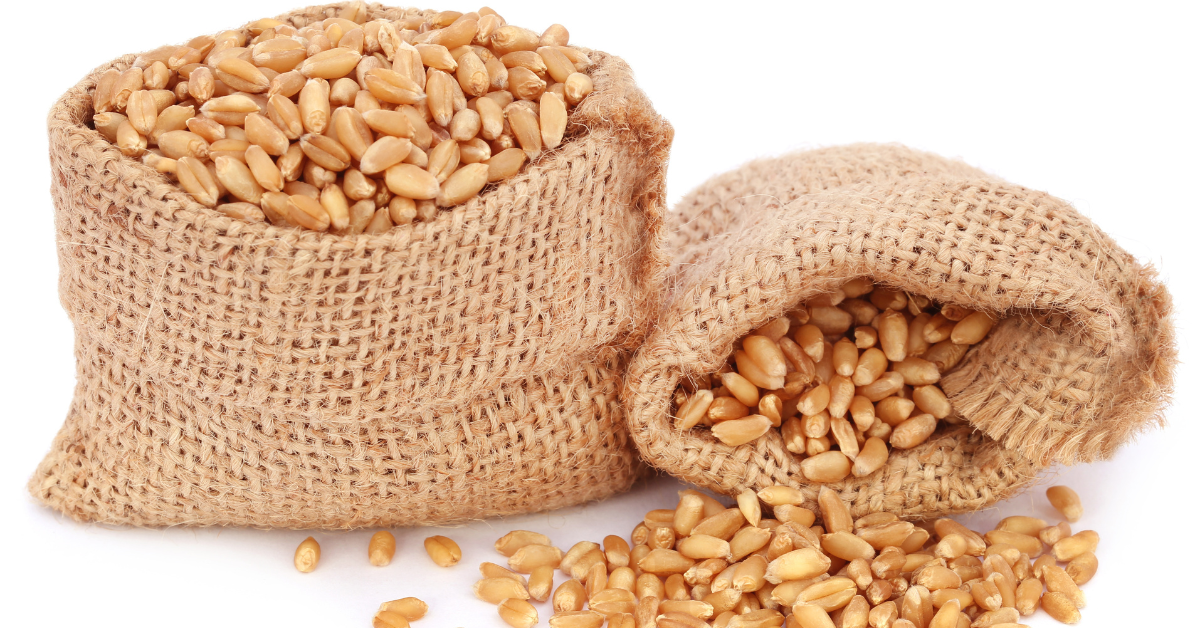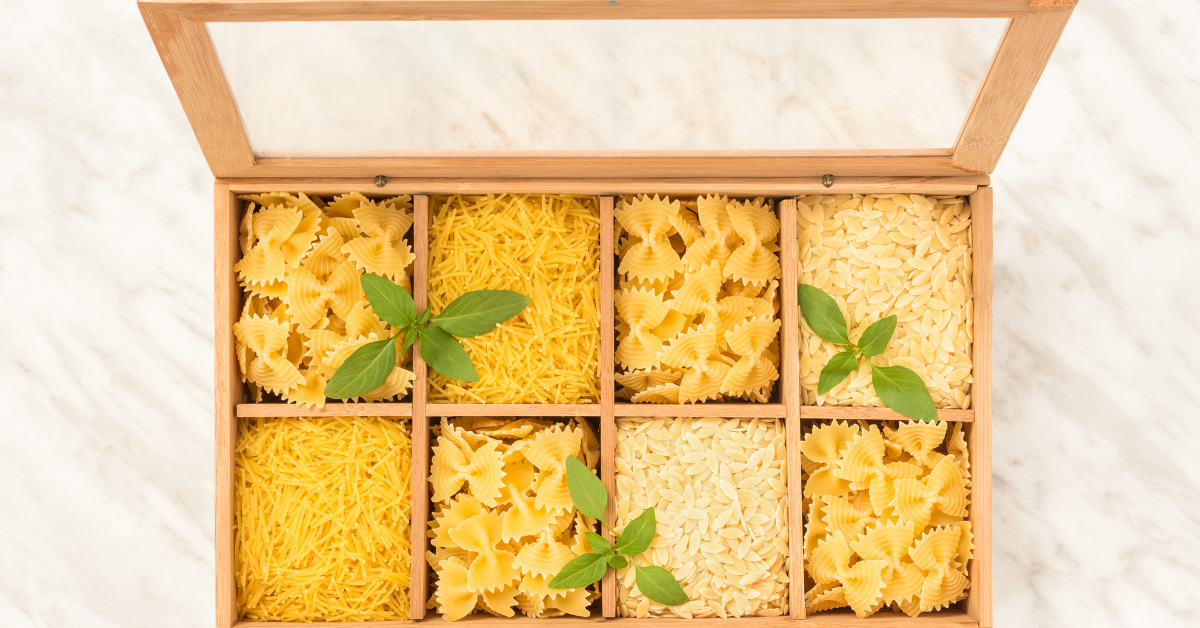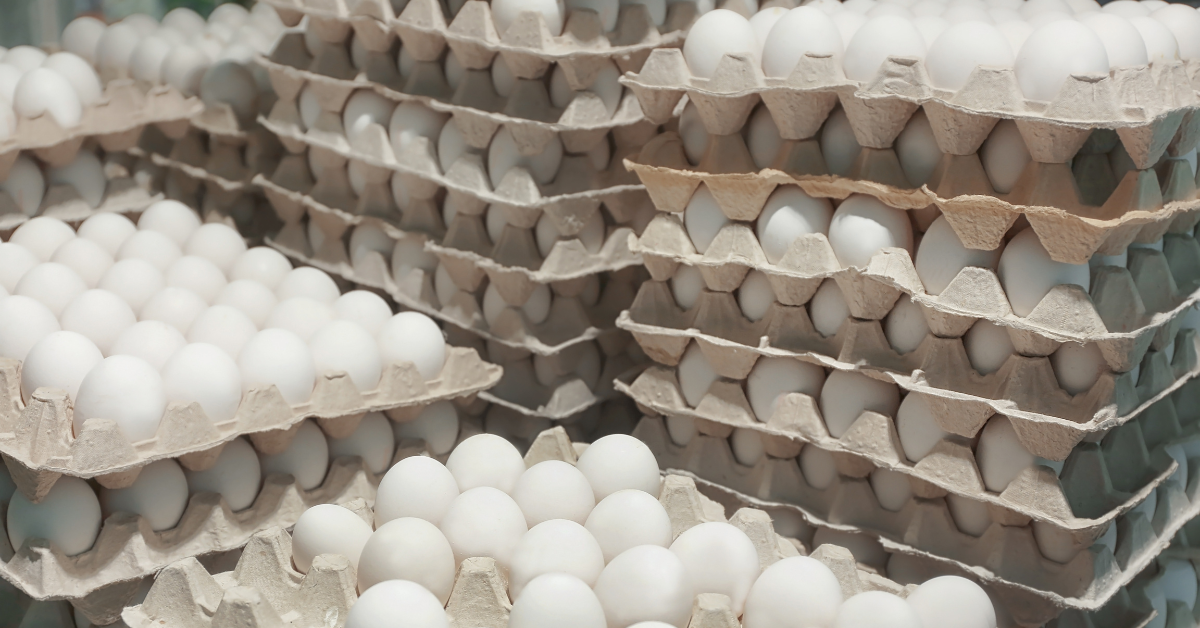Many people realize that they need to have an emergency food supply stockpiled in case of an emergency.
However, few consider how to prepare their emergency food supply when the power is out and conventional stoves won’t work.
To ensure that you can actually cook your survival food, you’ll need to have an emergency stove too.
There are multiple options, but it’s important that you understand the pros and cons of each as well as safety concerns.
[product_render product-handle="72-hour-emergency-food-kit"]
Be prepared for anything with our free checklist. Download our Free Emergency Preparedness checklist today and rest easy knowing that you'll be able to cook your food no matter what happens.
Safety Concerns With Emergency Cooking During Power Outages
During emergencies, there is almost always an uptick in injuries and deaths.
Many of these have nothing to do with the actual emergency but are caused because of unsafe cooking methods.
The biggest safety issues are fires, carbon monoxide poisoning, and gas leak explosions.
Fires

Almost all emergency stoves rely on flames to cook the food.
Whenever you have an open flame, there is an increased risk of house fire.
The risk only gets bigger when people try to cook in the dark.
To reduce the risk of fire when cooking:
- Only use stoves on a sturdy surfaces
- Keep pets and children away when cooking
- Illuminate the cooking area with battery-powered lamps
- Never leave stoves unattended Make sure you have a fire extinguisher nearby (and know how to use it!)
Carbon Monoxide Poisoning

Carbon monoxide (CO) is a deadly gas released whenever you burn carbon-containing materials.
This includes burning propane, kerosene, and wood. If you use an emergency stove in a closed area without ventilation, the CO gas can build up and slowly kill you. It is a very serious risk.
To prevent CO poisoning:
- Learn about carbon monoxide poisoning – here is a good resource from the CDC
- Never use wood stoves indoors
- Make sure the stove is rated for indoor use before using inside your home
- Have a battery-operated CO detector in the room where you are cooking
- Crack the windows or doors for ventilation when cooking
Gas Leak Explosions
After certain types of disasters (such as earthquakes), gas lines can break and cause gas to leak into your home.
If this happens, it only takes a single spark to set off an explosion.
While this is rare, it is a serious safety issue you should know about before cooking with flames after a disaster.
Never use any flames (even candles) if you suspect a gas leak.
As part of your prepping, contact your gas company and ask what their post-disaster recommendations are.
You’ll also need to make sure your emergency kit includes a gas shutoff wrench.
Worried about being able to cook your food in an emergency? Download our free emergency preparedness checklist today!

No-Cook Emergency Food
It isn’t always safe to cook after a disaster, so you should make sure you have some no-cook emergency food stockpiled.
Some good options include canned foods, dry cereal, granola bars, and non-perishable snack foods.
Freeze-dried fruits and vegetables can also be eaten raw.
Cold Soaking Meals

Most emergency meals must be cooked before you eat them. However, some types of emergency meals can be prepared using the “cold soak” method.
This method simply involves pouring potable water over the meal and letting it sit until the meal softens.
You then eat the meal cold. It won’t be as satisfying as eating it warm, but at least you will have a substantial meal to eat.
Most emergency meals that contain beans, potatoes, or oats as their base can be cold-soaked.
For example, all of Valley Food Storage oatmeal and cereal breakfasts can be made with cold-soaking.
Unfortunately, meals which contain pasta or rice cannot be cold-soaked. Pasta must be cooked to break down the proteins.
Rice remains hard and difficult to digest even after hours of soaking.
Emergency Stoves for Cooking without Power
To make sure you can cook your emergency food, you’ll need to have an emergency stove. There are 5 main options.
1. Canister Stoves

Canister stoves usually work on propane or butane.
They are usually small but you can connect some stoves to large canisters of propane.
Overall, these are considered one of the best options for disaster preparedness.
- Pros: Easy to use and the flame is adjustable. Because they burn clean, most are safe to use indoors. There is an infinite shelf life on gas in canisters.
- Cons: The fuel isn’t renewable and it can be hard to find canisters during emergency situations. Some types of canister stoves are also very expensive.
2. Kerosene Stoves
It is usually very easy to find kerosene and it is often cheaper than other types of fuel.
Because of this, kerosene is popular in many places for heating and cooking.
Kerosene doesn’t burn as cleanly as other fuels though so it’s important that you choose a device which is rated for indoor use.
Some of the best kerosene heaters for indoor use are designed so you can cook on top of them.
This takes care of your winter heating and cooking needs with one piece of gear.
However, you’ll also want a separate stove for cooking in hot weather.
- Pros: Cheap and accessible fuel type; some kerosene heaters can be used for cooking too.
- Cons: Kerosene doesn’t burn cleanly and must be used with caution indoors. Kerosene goes bad in about 5 years.
3. Alcohol Stoves

Alcohol stoves burn denatured alcohol or ethanol alcohol to produce a flame.
You can also use methanol alcohol (such as HEET) or isopropyl alcohol, though these don’t produce as hot or clean of a flame.
These types of stoves are very popular with backpackers but are also suitable for cooking emergency food.
- Pros: Alcohol is cheap and easy to find. You can make your own alcohol stove fairly easily. The stoves are lightweight and portable. Alcohol also burns cleanly, so there is less risk of CO poisoning.
- Cons: These are a bit tricky to get lit in very cold weather. It is hard to control flame height. They don’t get as hot as gas stoves so it takes longer to cook with them, especially if you need to prepare a large meal. Alcohol evaporates and only has a shelf life of about 2-3 years, so isn’t great for long-term prepping.
4. Wood Stoves

Wood stoves are very popular with disaster preppers.
Some even choose to have a large wood stove installed in their home which can be used for heating during a winter power outage.
There are also lots of small portable wood stoves, including ones you can make yourself.
- Pros: Wood is usually free and often easy to find. You can make your own wood stove easily.
- Cons: These are very unsafe to use indoors because of fire and CO poisoning risk. They should only be used outdoors. It is also hard to control the flame height and extinguishing the fire is tricky.
5. Solid Fuel Stoves
These stoves use solid tablets (such as Esbit) or jelly (such as with Sterno). You light the solid fuel on fire and use it to cook.
- Pros: They are simple to use and the fuel has an infinite shelf life.
- Cons: Controlling the flame level is very difficult and some types of fuel can release chemicals into the air.
Don’t Forget to Stockpile Fuel
Make sure you have enough fuel on hand to cook all of your emergency food. It’s generally recommended that you get at least two different types of stoves.
If you run out of fuel for one, then you can switch to the other stove.
Start Building Your Emergency Food Today

Now that you know how to cook your emergency food when the power is out, it's time to stock up on emergency food and the best place to do that is here at Valley Food Storage.
We have the best selection of clean emergency food on the market. Our food has none of the garbage that other storage food companies use to extend the life of the food. No GMOs, No Fillers, No Bullshit.
The best bang for your buck is the 175 Serving Long Term Emergency Food kit. This kit comes packed with 175 servings of clean healthy survival food with selections from our breakfast, lunch/dinner collections as well as our freeze dried meats and freeze dried fruits andfreeze dried vegetables collection.
This is the best way to start your prepping journey or level up your current food storage.
| Author Bio: Diane Vukovic is one of those highly organized planners who assesses everything in advance. She puts her organizational skills to use at Primal Survivor where she gives level-headed advice about how to get prepared for disasters. |



